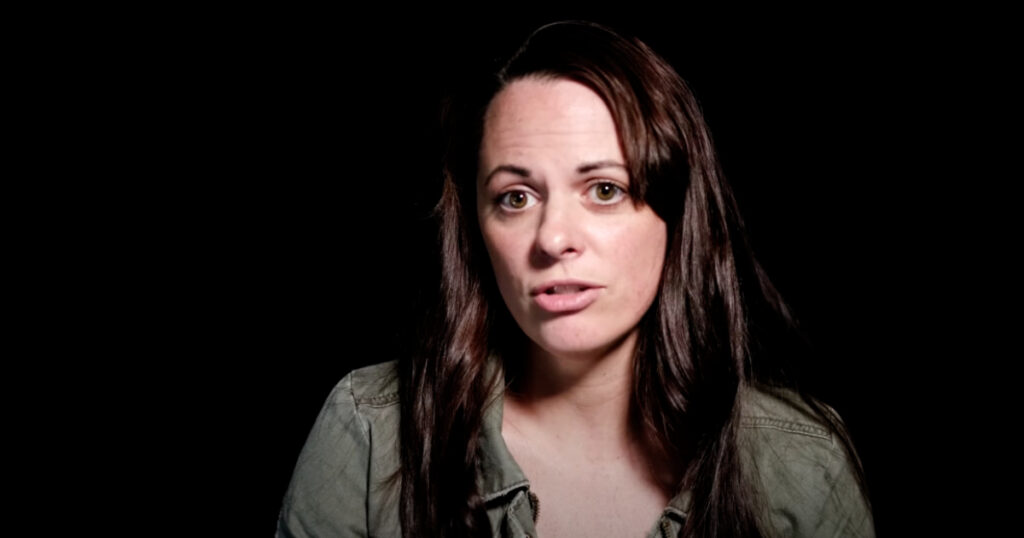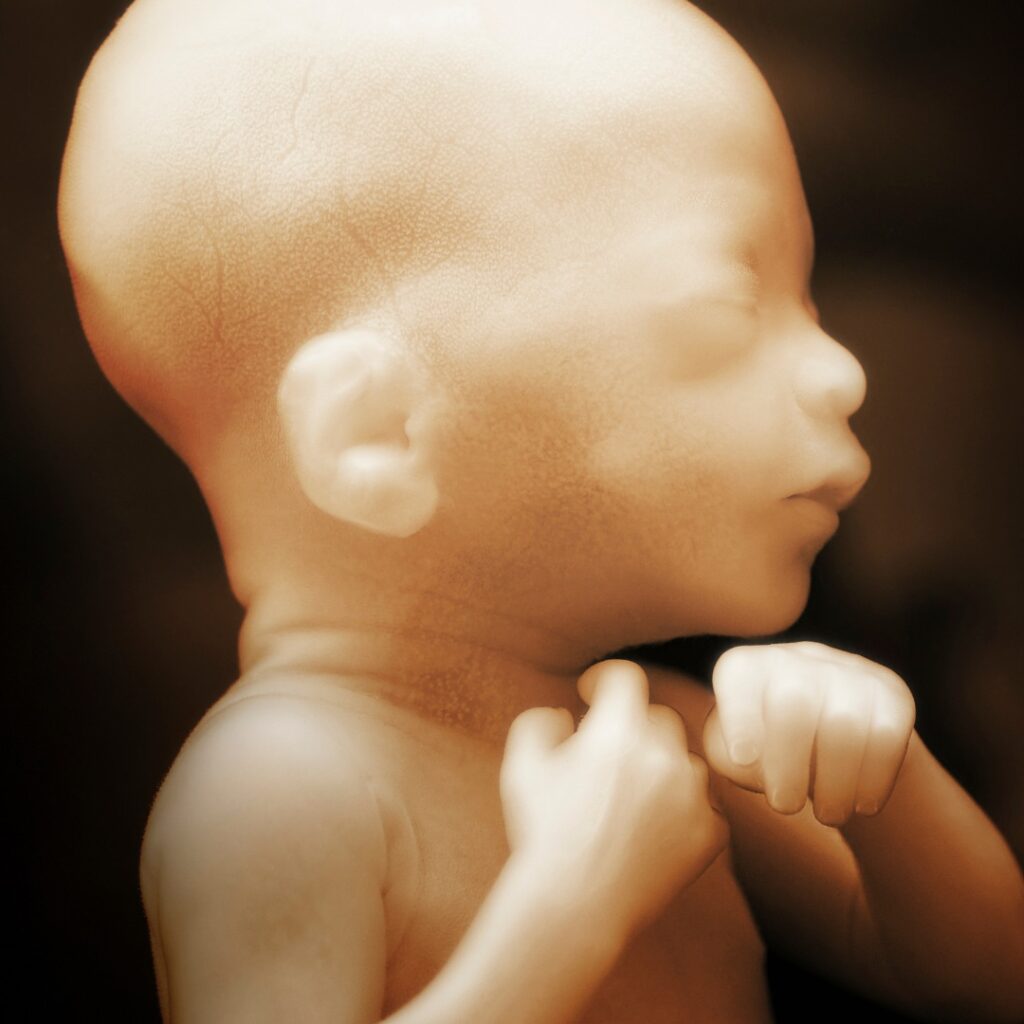
In a world where abortion drugs can be ordered through the mail and states like Washington, California, New York, and Massachusetts are stockpiling mifepristone and misoprostol, Elizabeth Gillette wants women to know the truth.
Elizabeth was 24 years old when she discovered she was pregnant. Though Elizabeth was pro-life and didn’t want an abortion, her boyfriend didn’t want to be a dad and he impressed upon her that choosing life was the worst possible thing that could happen to her.
Feeling isolated and unsupported, Elizabeth reached out to the local Planned Parenthood for help. She quickly discovered that their staff seemed more concerned with pushing her to abort than with providing information about options.
“My entire experience proved that my care was less important to them than the $800 my boyfriend slid across the table,” Elizabeth testified.
All throughout the process, Elizabeth was unsure of her decision to abort. When she asked about alternatives to abortion, the abortion center staffers told her it seemed she’d already made her decision by reaching out to them. They also implied that if Elizabeth didn’t get a chemical abortion, it would ruin her life.
Once Elizabeth decided to go through with the chemical abortion, the staff did not ensure she read through the paperwork. Chemical abortion involves a two-drug regimen: the first drug, mifepristone, cuts off hormonal support to the baby. The second drug, misoprostol, is taken 24 hours later and is used to expel the deceased baby from the womb. Elizabeth was not informed of these facts or of potential side effects of the chemical abortion drugs.
As her boyfriend began to pass the money for her abortion across the counter, Elizabeth asked if they could get a refund if she changed her mind. “I’ll never forget [the receptionist’s] face,” Elizabeth said. “She changed from being compassionate…to animosity, and she said, ‘Well, I guess, but you are going to pay for every service that you DO receive…if you decide at the very end not to take the pill, then I guess we could refund you for the cost of the medication.’”
“This had nothing to do with what was best for me,” Elizabeth added. “They knew I was on the fence, that I didn’t want to be there.”
Elizabeth said this reality was reinforced by the callous treatment she received from the doctor, who initially refused to show her the ultrasound screen because it wasn’t “policy.” When Elizabeth insisted that she needed to see her six-week-old baby, she believes the technician froze or “paused” the screen before telling Elizabeth that her baby had already died.
“Oh, thank God,” Elizabeth’s boyfriend said. Looking back, however, Elizabeth says she knows her technician lied. If her child was already dead, she wouldn’t have needed to take the first drug. In fact, it would have been severe malpractice to induce a chemical abortion for a miscarried child – which any medical practitioner would know.
Elizabeth was unaware at the time and decided to go through with the abortion. Legally, she was required to take the first drug at the abortion facility. A combination of uncertainty and fear made her delay far longer than normal. Yet rather than suggesting Elizabeth take some time to think it over and return for another appointment, the doctor got angry and told Elizabeth she was only getting $20 back if she didn’t take the drug that day.
Eventually, Elizabeth said her fear won out. Seeing the abortion drug as a way to escape the “horrible trauma” she was experiencing, Elizabeth ended up taking it.
Rather than the immediate relief she’d been promised, Elizabeth felt guilt and regret. “They did not tell me there would be any emotional side effects,” she said, “[They said] that physically, it would be like a heavy period, like a double period.”
Elizabeth soon discovered this was not true. Upon taking the second drug the next day, she almost immediately went into painful labor – sweating, profuse bleeding, cramping – until suddenly, her small amniotic sac was expelled, and she reached down and caught it in her hand.
“[It] was about the size of a tennis ball,” Elizabeth said, adding that she could see her “completely beautifully formed child” floating inside of it. Breaking into tears, she said: “…with little black eyes, and fingers – and it was dead.”
Elizabeth was shocked – nobody had even told her it was a possibility that she’d see her deceased child in front of her. Even worse, she had no idea what to do with the body.
“I was so torn because this was my baby,” Elizabeth said. “I didn’t know what to do with it, so I flushed my child down the toilet.”
This experience traumatized Elizabeth so much that she had PTSD and began suffering nightmares. She also developed an eating disorder and suffered from broken relationships because she felt like she “wasn’t worth anything good.” Though she has since been blessed through marriage to her husband and the birth of four children, she suffers nightmares to this day and heartache for the death of her oldest child.
FDA protocol required Elizabeth to have a follow-up appointment and ultrasound to ensure she had passed all parts of the baby and pregnancy tissue and that there were no abortion-related complications. According to Elizabeth, however, she received neither – not even a follow-up phone call. This was extremely problematic considering that she had an allergic reaction to the antibiotic the staff had given her.
“It was the worst experience of my life,” Elizabeth said of the ordeal, “and I have been in some very traumatic situations.”
Elizabeth is among nearly 70% of women who’ve had abortions and report that they were coerced, pressured or that the abortion wasn’t consistent with their values. As a survivor of such coercion, Elizabeth believes that the lack of informed consent is necessary to push women into abortion. In addition to not being made aware of the reality of chemical abortion and its dangerous risks, many of these women are unaware of the help offered by the thousands of pregnancy resource centers across the country who serve moms and babies.
“They don’t tell you any of this,” she said after describing the pain and trauma she experienced, “because if they told you any of this, who would do this?”

The majority of American voters believe that unborn babies should be protected from being aborted when they can feel pain by as early as 15 weeks. As pro-life Americans, we cannot allow this killing of unborn babies to continue.
Sign your name and put pressure on lawmakers to say “no” to abortion-on-demand.
Add My Name